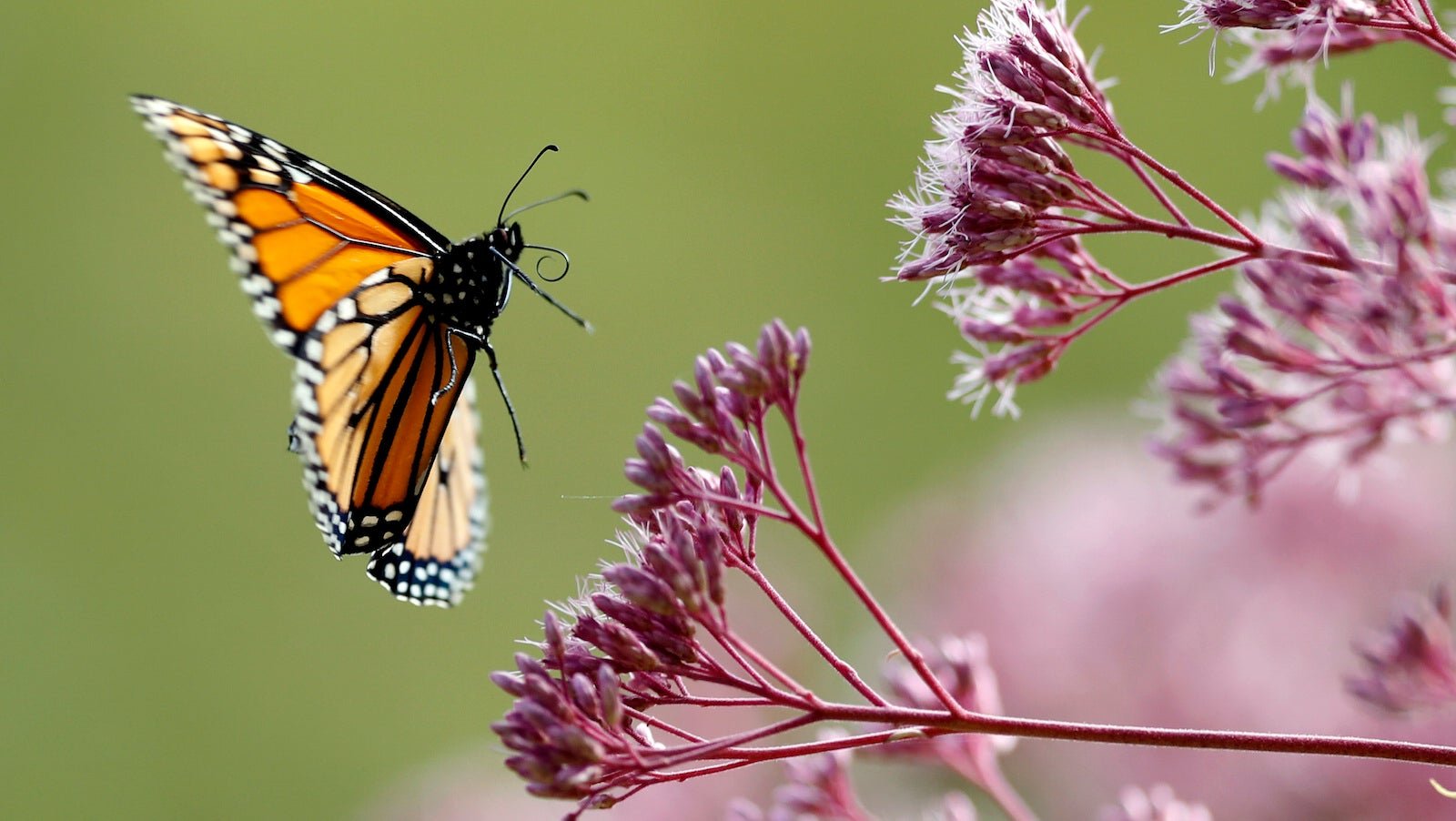A new theory on how moths evolved into butterflies is also a lesson in career changes
A moth is a perfectly respectable thing to be. These winged insects pollinate plants, inspire funny memes, and rule the night like fluttery little kings, felled only by the devilry of porch lights masquerading as the moon.


A moth is a perfectly respectable thing to be. These winged insects pollinate plants, inspire funny memes, and rule the night like fluttery little kings, felled only by the devilry of porch lights masquerading as the moon.
But millions of years ago, one group of moths got tired of the night shift. And so they split off from the crowd and became butterflies, flapping to and fro in the sunshine and exchanging their earth-toned color palette for a vibrant array of wing colors.
It’s a classic story, perhaps familiar to anyone who has made a successful career change—and a reminder that it’s never too late to turn over a new leaf (or to eat one, if you are a caterpillar). But what made the moths seek a different life for themselves in the first place?
Biologists have long hypothesized that the evolutionary transformation within the species lepidoptera could be traced back to the moths’ understandable desire to avoid getting eaten by nocturnal bats. But a new study, published in the journal PNAS, offers up a different explanation: Butterflies evolved not to escape crafty echolocating bats, but to optimize their schedules so as to take better advantage of the sweet, sweet nectar of flowering plants.
The researchers behind the study, led by University of Florida professor and entomologist Akito Kawahara, ruled out the bat hypothesis after their analysis of lepidoptera’s protein-coding genes and fossils showed that the first butterflies emerged about 98 million years ago. That didn’t match up with the evolutionary debut of echolocating bats, roughly 50 million years ago. So they went searching for another explanation.
Summarizing the study’s findings in the New York Times, science writer Nicholas Wade explains:
The most likely agent of natural selection was the nectar being produced by the many new species of flowering plants, Dr. Kawahara’s team believes. Bees evolved some 125 million years ago, and the plants produced nectar to secure them as pollinators. Because moths had already developed strawlike mouthparts, one group was able to exploit the novel food source, and evolved into butterflies. They switched their flying hours from night to day, Dr. Kawahara said, because nectar is more generally available during the day, when flowers are open.
Living in daylight, the butterflies exchanged the drab, brown livery of many nighttime moths for a rich palette of colors, useful for broadcasting amatory signals to mates and warnings of toxicity to predators.
There you have it: One gang of moths just wanted to spend more time eating the good stuff, and who can blame them? But the study isn’t just about the pleasures of hedonism. It also doubles as a helpful life lesson for anyone who’s weighing a new professional pursuit.
When we’re less than satisfied with a job, it’s easy to think, as the moths surely did, I must get away from these terrible bats. Maybe your personal bats take the form of a micromanaging boss, or 12-hour workdays, or a prevailing sense of purposelessness.
It’s important to pay attention to such negative feelings, as they’re often a clear sign that it’s time to make a change. But your bats are not necessarily helpful motivation when it comes to figuring out what, exactly, to do next.
Instead, it’s much more productive to focus on what we want to be moving toward. Take the example of former US first lady Michelle Obama, who left the law firm Sidley Austin, and traditional law firms in general, early in her career. Responding to a question on Goodreads, she writes: “I was sitting in a sky-rise office, doing legal work that wasn’t fulfilling to me, and I couldn’t help but ask — what’s it all for? … If there’s some part of you that’s questioning your career, it’s important to listen to that. Our hearts sometimes know ourselves better than our minds do. For me, that meant pursuing a life of public service — a path I’ve been able to maintain since that major swerve.”
Obama’s transformation began with the realization that she didn’t find her work meaningful. But the crucial thing that moved her career forward was the revelation that public service was what could provide her with the sense of purpose she craved.
For those who are still in the bat-fleeing stage of thinking, Columbia Business School professor Sheena Iyengar recommends that people mulling a new career direction ask themselves three questions: What can I do better than others? What problems do I want to solve? How do I want to be known? These queries can help us narrow down our options and focus on the pursuit of things we actually enjoy.
And as the story of the ancient moths shows, when we focus on the nectar we wish to slurp, evolution is sure to follow.